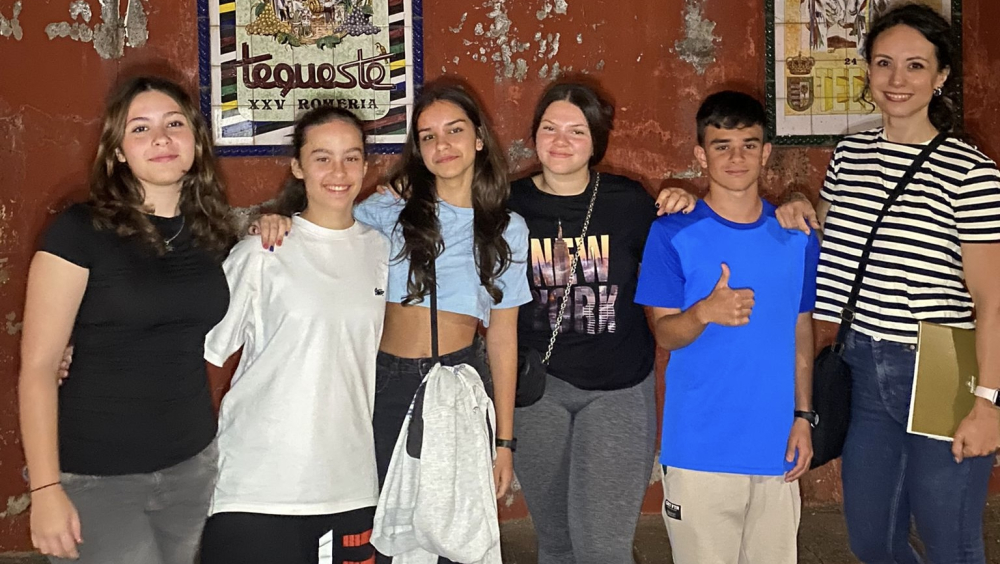EL CALADO CANARIO
THE DRAFT
Tenerife is home to a rich cultural heritage, with deep-rooted traditions that have been passed down from generation to generation. One of these traditions is Canarian calado, a delicate textile art that has left an indelible mark on the island's identity.
Canarian lace is an embroidery technique that consists of creating lace by unravelling the fabric. With skilled hands and a needle, the artisans create intricate geometric, floral or figurative designs, transforming simple canvases into true works of art. This meticulous work requires patience, precision and great artistic sensitivity.
Although the exact origin of Canarian calado is lost in time, it is believed to have roots in the Mediterranean cultures that arrived on the islands. Influences from Spain, Portugal and even Flanders are mixed in this technique, which over time acquired its own characteristics in Tenerife. For centuries, Canarian calado was a fundamental activity in the domestic economy of the island. Women, in their homes, dedicated themselves to the elaboration of these garments, which were then sold or used to decorate their own trousseaus.
Canarian lace is not only a craft technique, but also a form of artistic and cultural expression. The motifs depicted in the lace reflect the history, traditions and idiosyncrasy of Tenerife. From geometric designs inspired by the Guanche culture to representations of local flora and fauna, Canarian lace is a living testimony to the island's cultural heritage.
Despite social and economic changes, Canarian lace has managed to survive the passage of time. Thanks to the efforts of artisans, associations and institutions, this tradition remains alive, being passed on to new generations. Today, Canarian lace is used to make tablecloths, bed linen, clothing and accessories, and has become a symbol of Tenerife's craftsmanship.
Canarian calado is an example of how cultural heritage can be a driving force for economic and social development. Its artisanal and artistic value makes it a unique and exclusive product, appreciated by both the island's inhabitants and visitors. In addition, the production of Canarian calado contributes to job creation and the empowerment of women, who have been the main guardians of this tradition.
To preserve this valuable legacy, it is essential to continue supporting the work of artisans, promote the training of new generations and spread knowledge of Canarian openwork. Museums, craft centres and fairs play an important role in the conservation and promotion of this technique.
Canarian fretwork is a jewel of Tenerife's cultural heritage, a showcase of the creativity, skill and passion of the island's artisans. Its beauty, delicacy and historical value make it a legacy that we must protect and pass on to future generations.https://youtu.be/vO_BfZDxk-c?si=w81kQpnojTvfw1DZ
